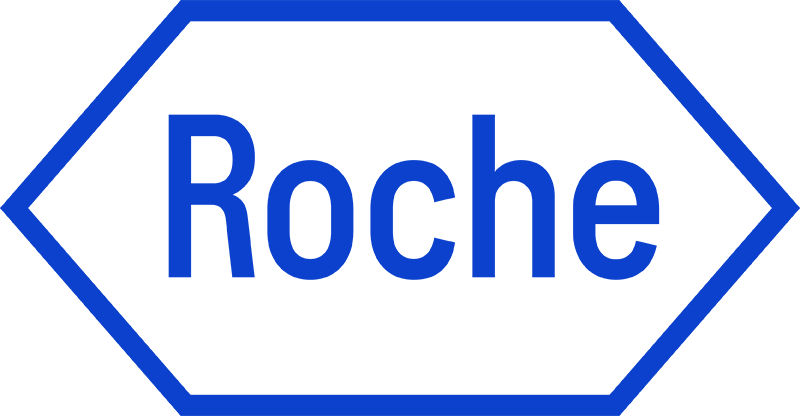- Inactive T cell
- Tumor cell
- PD-L1 on tumor-infiltrating immune cells can lead to inhibition of activated T cells
- Activation of the PD-1 receptor by binding of PD-L1 causes inhibition of T cell signaling
- PD-L1 binding to B7.1 on T cells and antigen-presenting cells can mediate down-regulation of immune responses
- Constitutive immune resistance PD-L1 expression on tumor cells can be up-regulated by oncogenic signaling
- Binding of the MHC antigen complex to the T cell receptor (TCR) triggers T cell signaling
- Tumor cells up-regulate PD-L1 to evade immune-mediated destruction
The PD-L1 immunologic checkpoint
About PD-L1
PD-L1 is a transmembrane protein that down-regulates immune responses through binding to its two inhibitory receptors, programmed death-1 (PD-1) and B7.1. PD-1 is an inhibitory receptor expressed on T cells following T-cell activation, which is sustained in states of chronic stimulation such as in chronic infection or cancer.1 Binding of PD-L1 with PD-1 inhibits T cell proliferation, cytokine production and cytolytic activity, leading to the functional inactivation or exhaustion of T cells. B7.1 is a molecule expressed on antigen presenting cells and activated T cells. PD-L1 binding to B7.1 on T cells and antigen presenting cells can mediate down-regulation of immune responses, including inhibition of T-cell activation and cytokine production.2 PD-L1 expression has been observed in immune cells and tumor cells3,4 of PD-L1 on tumor cells has been reported to impede anti-tumor immunity, resulting in immune evasion.1 Therefore, interruption of the PD-L1/PD-1 pathway represents an attractive strategy to reinvigorate tumor-specific T cell immunity suppressed by the expression of PD-L1 in the tumor microenvironment.
References
- Blank, C and Mackensen, A, Contribution of the PD-L1/PD-1 pathway to T-cell exhaustion: an update on implications for chronic infections and tumor evasion. Cancer Immunol Immunother, 2007. 56(5): p. 739-745.
- Butte MJ, Keir ME, Phamduy TB, et al. Programmed death-1 ligand 1 interacts specifically with the B7-1 costimulatory molecule to inhibit T cell responses. Immunity. 2007;27(1):111-122.
- Dong H, Zhu G, Tamada K, Chen L. B7-H1, a third member of the B7 family, co-stimulates T-cell proliferation and interleukin-10 secretion. Nat Med. 1999;5(12):1365-1369.
Herbst RS, Soria JC, Kowanetz M, et al. Predictive correlates of response to the anti-PD-L1 antibody MPDL3280A in cancer patients. Nature. 2014;515(7528):563-567. - Herbst RS, Soria JC, Kowanetz M, et al. Predictive correlates of response to the anti-PD-L1 antibody MPDL3280A in cancer patients. Nature. 2014;515(7528):563-567.

